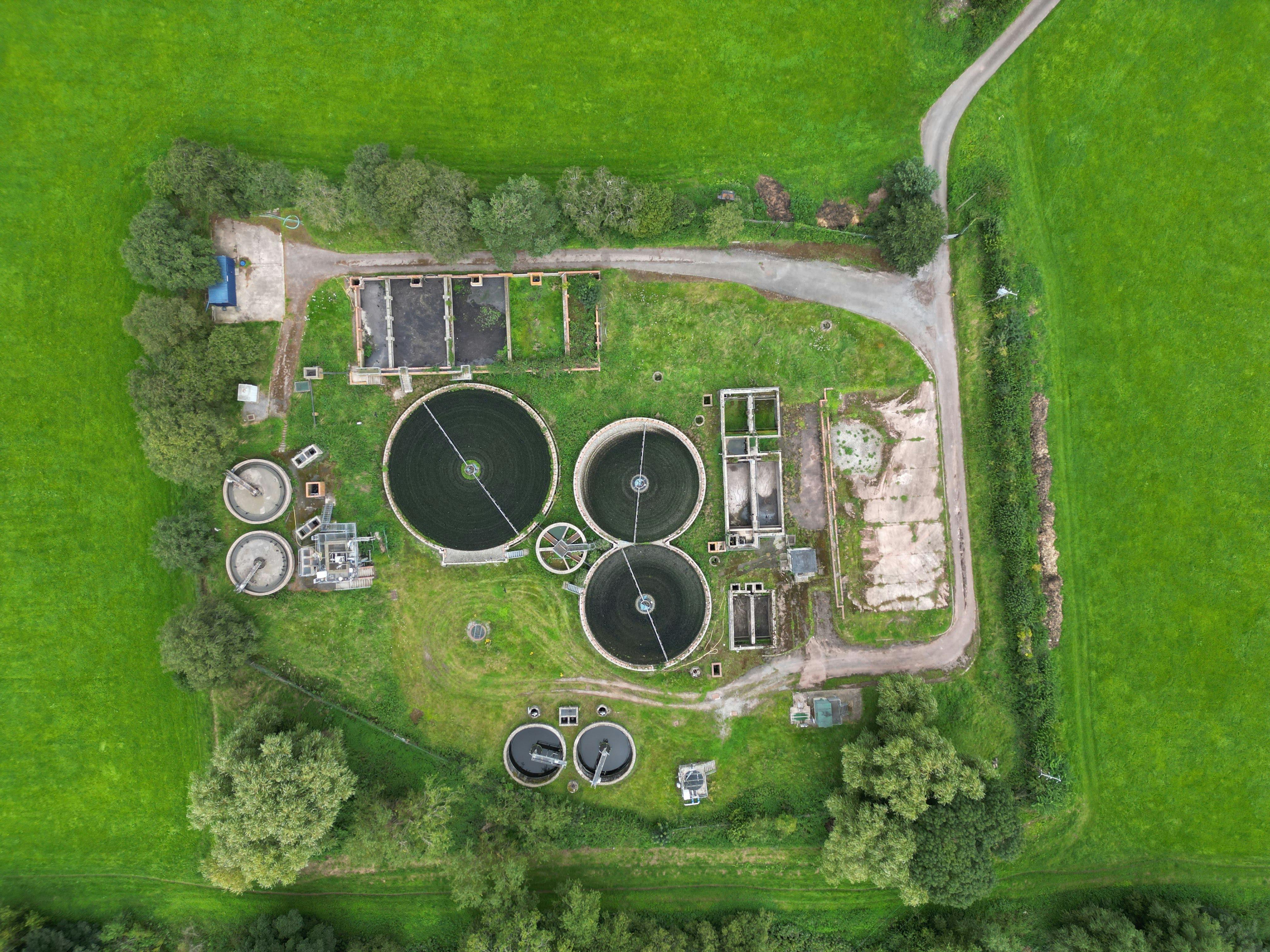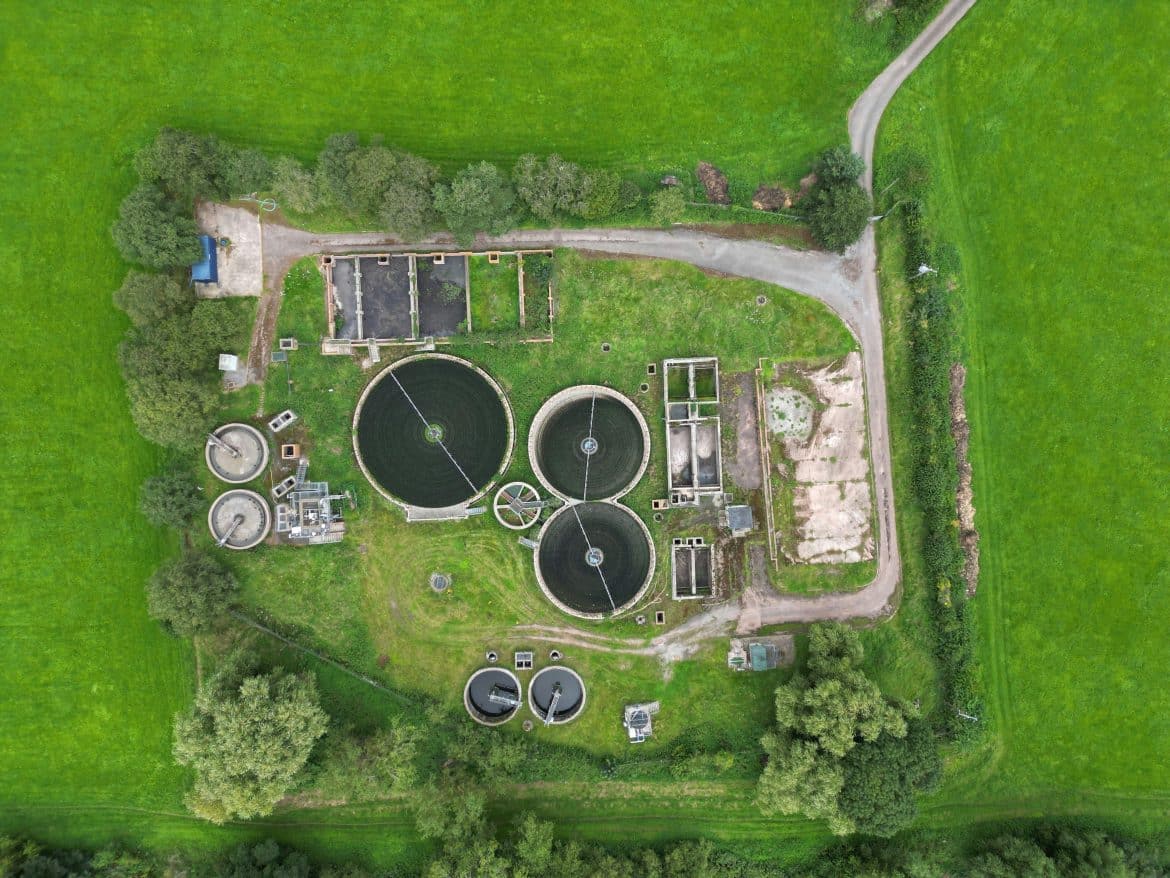If you have a furry friend who is suffering from pesky acne, worry not! This article is here to help you combat canine acne with some simple tips and effective home treatments. We understand how concerning it can be to see your beloved pet struggle with skin issues, but fret not, because we've got you covered. From gentle cleansing routines to natural remedies, we will guide you through the process of making your furry friend's skin clear and healthy once again. So, let's dive in and discover how you can help your pup put their best paw forward!

This image is property of images.pexels.com.
Understanding Canine Acne
Canine acne is a common condition that affects many dogs. Just like humans, dogs can develop acne, especially during their teenage years. Canine acne typically occurs on the chin and muzzle of a dog and is characterized by small whiteheads or blackheads. While it may not be a serious health concern, it can cause discomfort and can sometimes lead to secondary skin infections if left untreated. Understanding the causes and symptoms of canine acne is essential in preventing and treating this condition effectively.
Causes of Canine Acne
Canine acne can be caused by several factors. One of the primary causes is the overproduction of oil or sebum by the sebaceous glands in the skin. This excess oil can clog the hair follicles, leading to the development of acne. Hormonal changes, which often occur during adolescence, can also contribute to the development of acne in dogs. In some cases, certain medications or underlying health conditions may trigger canine acne.
Symptoms of Canine Acne
Identifying the symptoms of canine acne is crucial in early detection and treatment. The most common symptom is the presence of small, raised bumps or pustules on the dog's chin or muzzle. These bumps can be white or black in color and may become inflamed or irritated. Dogs with acne may also experience itching or tenderness in the affected area. In severe cases, acne lesions can become large, painful, or may even bleed or have discharge. If you notice any of these symptoms, it is important to take prompt action to prevent further discomfort or complications for your furry friend.
Preventing Canine Acne
While canine acne can be challenging to prevent entirely, there are several steps you can take to minimize the risk of your dog developing acne.
Regularly Clean Your Dog's Chin and Muzzle
One of the most effective ways to prevent canine acne is to maintain proper hygiene. Regularly cleaning your dog's chin and muzzle area can help remove excess oil and debris that may clog the hair follicles. Use a mild soap or acne-specific cleanser recommended by your veterinarian to gently cleanse the affected area. Be sure to rinse thoroughly and pat dry with a soft towel to prevent moisture buildup, which can worsen the condition.
Avoid Using Plastic Food and Water Bowls
Using plastic food and water bowls can contribute to the development of acne due to the accumulation of bacteria. Plastic bowls may harbor bacteria that can irritate the dog's skin and worsen acne symptoms. Switching to stainless steel or ceramic bowls can help minimize the risk of bacteria buildup and reduce the chances of acne flare-ups.
Ensure a Well-Balanced Diet for Your Dog
A balanced and nutritious diet plays a crucial role in maintaining your dog's overall health, including their skin condition. Ensure your dog's diet is rich in essential nutrients, such as vitamins, minerals, and omega-3 fatty acids. These nutrients can help promote healthy skin and reduce the likelihood of acne development. Consult with your veterinarian to determine the most suitable diet for your dog's specific needs.
Minimize Exposure to Environmental Allergens
Environmental allergens, such as pollen or dust, can exacerbate skin conditions in dogs, including acne. Minimize your dog's exposure to these allergens by keeping them indoors during high pollen seasons, regularly cleaning their bedding and living areas, and avoiding contact with potential irritants. If your dog is prone to allergies, your veterinarian may recommend specific allergy management strategies or medications to reduce the risk of acne flare-ups.
Treating Canine Acne at Home
In most cases, canine acne can be effectively managed at home using simple and non-invasive treatments. Here are some home remedies that can help alleviate symptoms and promote healing.
Gentle Cleaning with a Mild Soap or Acne-Specific Cleanser
Regularly cleaning the affected areas with a mild soap or acne-specific cleanser can help remove excess oil and debris, reducing the risk of pore blockage. Gently massage the cleanser onto your dog's chin and muzzle, then rinse thoroughly. Avoid using harsh or abrasive products, as this can further irritate the skin.
Using a Warm Compress to Reduce Inflammation
Applying a warm compress to the acne lesions can help reduce inflammation and promote healing. Soak a clean cloth in warm water, wring out the excess, and gently apply it to the affected area for a few minutes. Repeat this process a few times a day to soothe the skin and relieve discomfort.
Applying a Topical Antibacterial or Anti-Acne Ointment
Topical ointments containing antibacterial or anti-acne properties can help combat acne-causing bacteria and reduce inflammation. Consult with your veterinarian to find the most suitable ointment for your dog's condition. Follow the instructions for application carefully and avoid using any products not specifically formulated for canine use.
Using Over-the-Counter Acne Spot Treatments Sparingly
Over-the-counter acne spot treatments designed for human use may seem like a quick solution, but it's important to exercise caution when using them on dogs. These products may contain ingredients that can be harmful to your dog or may not be effective for treating canine acne. If you decide to use such treatments, consult with your veterinarian first to ensure they are safe for your dog's specific condition.
Trying Natural Remedies Such as Tea Tree Oil or Aloe Vera
Some natural remedies can be beneficial in managing canine acne. Tea tree oil and aloe vera, for example, have antimicrobial and anti-inflammatory properties that can help reduce acne symptoms. However, it is essential to consult with your veterinarian before using any natural remedies, as some can be toxic to dogs or may interact with other medications your dog may be taking.
When to Seek Veterinary Care
While most cases of canine acne can be treated at home, there are situations where veterinary care is necessary. If you notice any of the following signs, it is important to consult with your veterinarian for a proper diagnosis and treatment plan.
Persistent or Worsening Symptoms
If your dog's acne symptoms persist or worsen despite home treatment, it is advisable to seek veterinary care. Your veterinarian can evaluate the severity of the condition and recommend appropriate medical intervention if necessary.
Secondary Skin Infections
If your dog's acne lesions become infected or develop discharge, it is crucial to seek veterinary care. Secondary skin infections can occur when bacteria enter the open pores or sores, and proper treatment with antibiotics may be required.
Allergic Reactions to Treatment
In some cases, dogs may experience allergic reactions to certain acne treatments. If you notice any signs of an allergic reaction, such as increased redness, swelling, or difficulty breathing, seek immediate veterinary attention.
Large or Painful Acne Lesions
Large or painful acne lesions can indicate a more severe case of canine acne or the presence of other underlying skin conditions. Your veterinarian can evaluate the situation and determine the best course of treatment.
Bleeding or Discharge from the Acne Spots
If your dog's acne spots are bleeding or have excessive discharge, it may indicate a more severe infection or other complications. In such cases, professional veterinary care is necessary to address the issue effectively.

This image is property of images.pexels.com.
Professional Treatment Options
When home treatments are not sufficient or when the condition is more severe, your veterinarian may recommend professional treatment options to manage canine acne.
Oral Antibiotics or Anti-Inflammatory Medications
In some cases, veterinarians may prescribe oral antibiotics or anti-inflammatory medications to combat bacterial infections or reduce inflammation associated with acne. These medications are typically administered for a specific duration and require careful monitoring by your veterinarian.
Topical Prescription-Strength Ointments or Creams
For more severe cases of canine acne, topical prescription-strength ointments or creams may be prescribed by your veterinarian. These medications often contain more potent antibacterial or anti-inflammatory ingredients than over-the-counter treatments and can help alleviate symptoms effectively.
Intralesional Steroid Injections
In certain situations, especially when dealing with large or painful acne lesions, your veterinarian may recommend intralesional steroid injections. These injections deliver a potent anti-inflammatory medication directly into the acne lesion, helping to reduce swelling, pain, and inflammation.
Professional Acne Extractions
For cases of severe or persistent canine acne, your veterinarian may perform professional acne extractions. This procedure involves the careful removal of accumulated oil, debris, and bacteria from the affected pores under sterile conditions. Professional acne extractions should only be performed by trained veterinary professionals to avoid causing further damage or infection.
Precautions and Considerations
As you navigate the management of your dog's acne, there are a few precautions and considerations to keep in mind.
Avoid Squeezing or Popping Acne Lesions
While it may be tempting to squeeze or pop your dog's acne lesions, it is important to avoid doing so. Squeezing or popping can lead to further inflammation, scarring, and potential infection. Allow the acne lesions to heal naturally or seek professional veterinary care for safe extractions.
Use Caution When Using Medicated Products
When using medicated products on your dog's acne, it is crucial to follow the instructions provided by your veterinarian. Overuse or misuse of these products can lead to skin irritation or other adverse reactions. If you have any concerns or questions about the appropriate usage of any treatments, consult with your veterinarian for guidance.
Consult with Your Vet Before Trying Natural Remedies
Natural remedies can be effective in managing canine acne, but it is important to consult with your veterinarian before trying any. Not all natural remedies are safe for dogs, and some can have adverse reactions or interactions with other medications your dog may be taking. Your veterinarian can provide guidance on the safe and appropriate use of natural remedies.
Monitor Your Dog's Diet and Lifestyle
A healthy and well-balanced diet plays an important role in maintaining your dog's overall health, including their skin. Monitor your dog's diet, and consult with your veterinarian to ensure they are receiving the proper nutrients. Additionally, maintaining a healthy lifestyle for your dog, including regular exercise and reduced stress levels, can contribute to their overall well-being.
Be Patient and Consistent with Treatments
Managing canine acne requires patience and consistency. It may take time for your dog's acne to improve, even with proper treatment. Stick to the recommended treatment plan provided by your veterinarian, and monitor your dog's progress closely. If you have any concerns or if the condition does not improve, reach out to your veterinarian for further guidance.

This image is property of images.pexels.com.
Tips for Managing Canine Acne
In addition to preventive measures and treatment options, here are some tips to help you effectively manage canine acne at home.
Keep Your Dog's Chin and Muzzle Clean and Dry
Regularly cleaning your dog's chin and muzzle is crucial in preventing acne flare-ups. Use gentle cleansers and pat dry thoroughly to minimize moisture buildup, which can contribute to the development of acne.
Use Stainless Steel or Ceramic Food and Water Bowls
Switching to stainless steel or ceramic food and water bowls can help reduce acne-causing bacteria. These materials are less likely to harbor bacteria compared to plastic bowls, promoting better skin health for your dog.
Provide a Balanced Diet with Appropriate Nutrients
Ensure your dog's diet includes all the necessary nutrients for healthy skin and overall well-being. Consult with your veterinarian to determine the most suitable diet plan for your dog's specific needs.
Reduce Exposure to Known Allergens
If your dog is prone to allergies, take steps to reduce their exposure to known allergens. Minimize outdoor activities during high pollen seasons and keep their living areas clean to reduce potential skin irritants.
Avoid Excessive Touching or Picking at Acne Spots
Picking at or excessively touching your dog's acne spots can worsen the condition and lead to infections. Avoid touching or picking at the lesions and encourage your dog to leave them alone as well.
The Role of Genetics
While anyone can develop canine acne, certain breeds are more prone to the condition. Breeds such as Bulldogs, Boxers, and Great Danes are known to have a higher risk of developing acne due to genetic factors. It is important to understand the breed-specific risks to better manage and prevent acne in these breeds.
Understanding Breed-Specific Risks
Certain breeds have specific characteristics or skin types that make them more susceptible to acne. Bulldogs and Boxers, for example, have wrinkles and folds in their skin, providing an ideal environment for bacteria and dirt to accumulate. Great Danes, on the other hand, have more sensitive skin and are prone to allergies, which can worsen acne symptoms. By understanding these breed-specific risks, you can take appropriate measures to prevent and manage acne effectively.
Genetic Testing and Breeding Considerations
Genetic testing can be beneficial in identifying breed-specific risks for canine acne. If you plan to breed your dog, it is important to consider the potential risk of passing on acne-prone traits to future generations. Consulting with a veterinarian and considering genetic testing can help make informed breeding decisions to reduce the likelihood of acne in offspring.
Lifestyle Adjustments for Canine Acne
In addition to specific preventive measures, certain lifestyle adjustments can contribute to better management of canine acne.
Reducing Stress Levels
Stress can negatively affect your dog's overall health, including their skin condition. Take steps to reduce stress levels by providing a calm and comfortable environment, engaging in regular exercise, and incorporating relaxation techniques, such as massage or aromatherapy.
Improving Hygiene and Grooming Practices
Maintaining good hygiene and grooming practices can help prevent acne flare-ups. Regularly bathe your dog using a mild shampoo and pay special attention to their chin and muzzle areas. Avoid using products with harsh chemicals that can irritate the skin.
Monitoring and Managing Allergies
If your dog has known allergies, managing them effectively can help prevent or minimize acne symptoms. Work closely with your veterinarian to identify allergens and develop appropriate management strategies, such as allergen avoidance or medication.
Ensuring Proper Rest and Exercise
Adequate rest and exercise are crucial for your dog's overall well-being, including their skin health. Provide them with a comfortable and suitable resting area and engage in regular exercise routines to support their immune system and promote healthy skin.
Environmental Modifications
Making modifications to your dog's living environment can help reduce the risk of acne flare-ups. Keep their living areas clean, minimize exposure to potential irritants or allergens, and provide adequate ventilation to prevent moisture buildup.
Conclusion
Canine acne is a common condition that can be effectively managed with proactive measures and appropriate treatments. By understanding the causes, symptoms, and preventive measures, you can help minimize the risk of acne development in your dog. Implementing regular cleaning routines, using suitable food and water bowls, providing a balanced diet, and reducing exposure to allergens are all key steps in preventing canine acne. In cases where home treatments are not sufficient, seeking veterinary care and considering professional treatment options can help alleviate symptoms and promote healing. Remember to consult with your veterinarian throughout the process to ensure proper diagnosis, treatment, and ongoing care for your beloved furry friend. With the right approach and care, your dog can live a happy and acne-free life.


